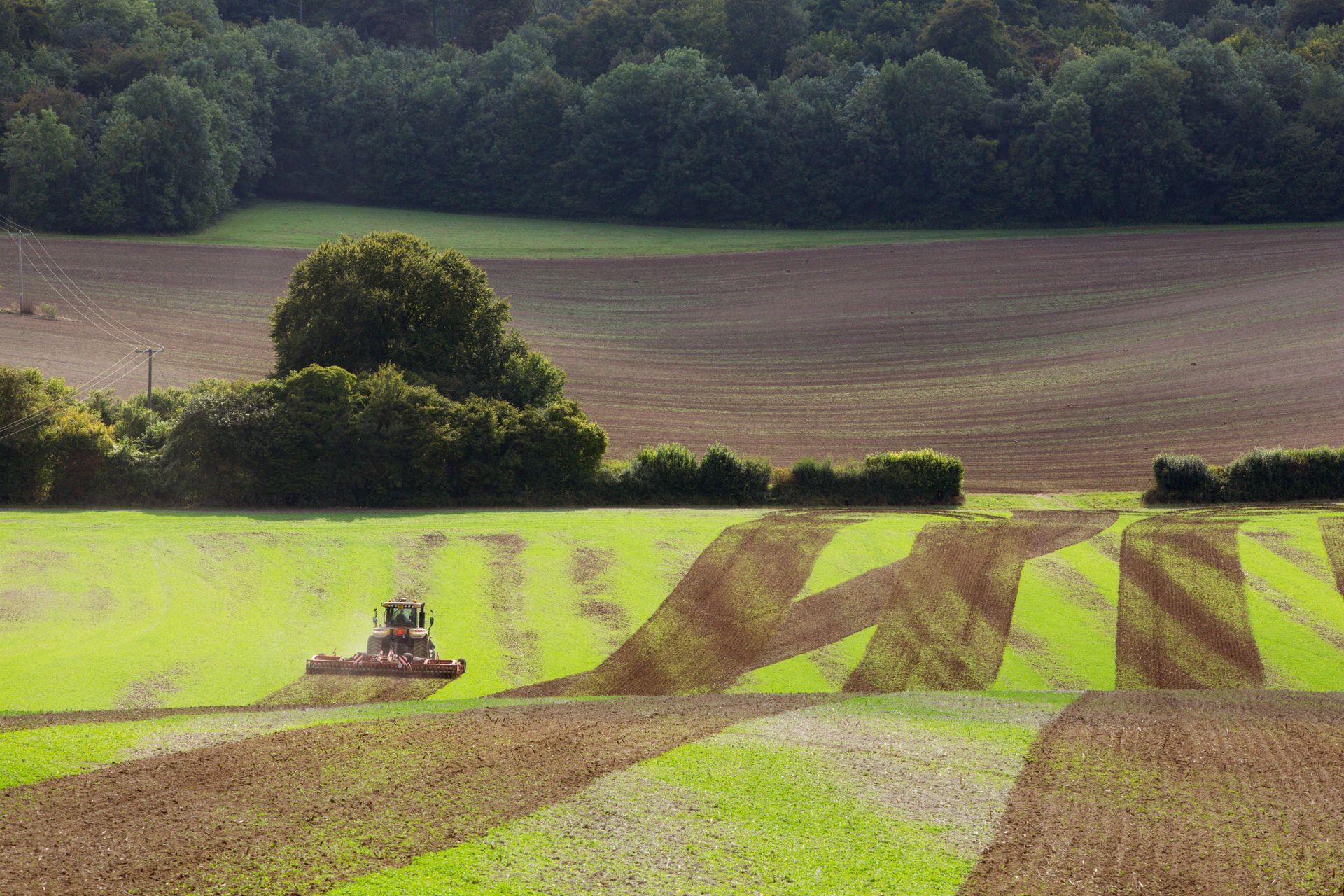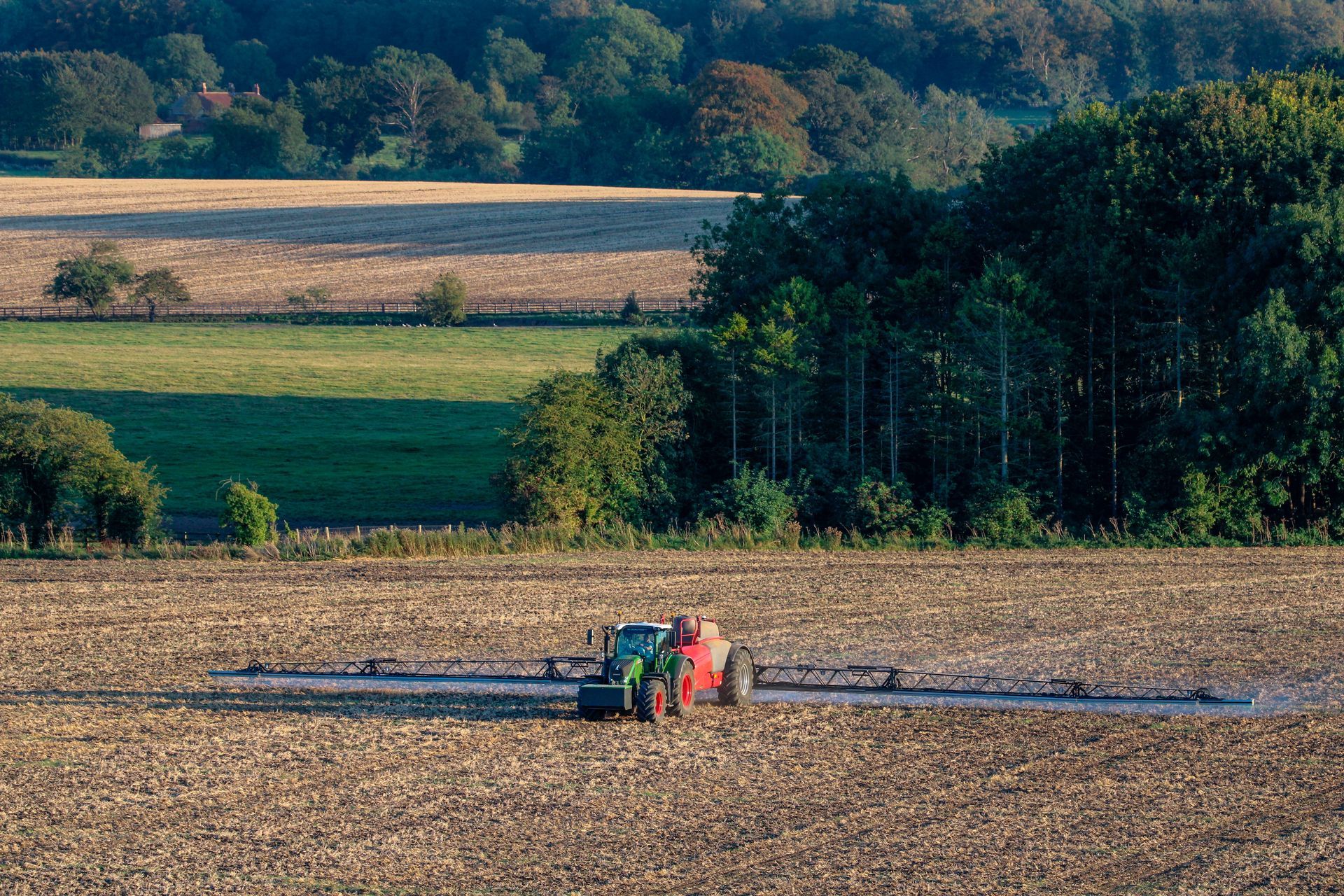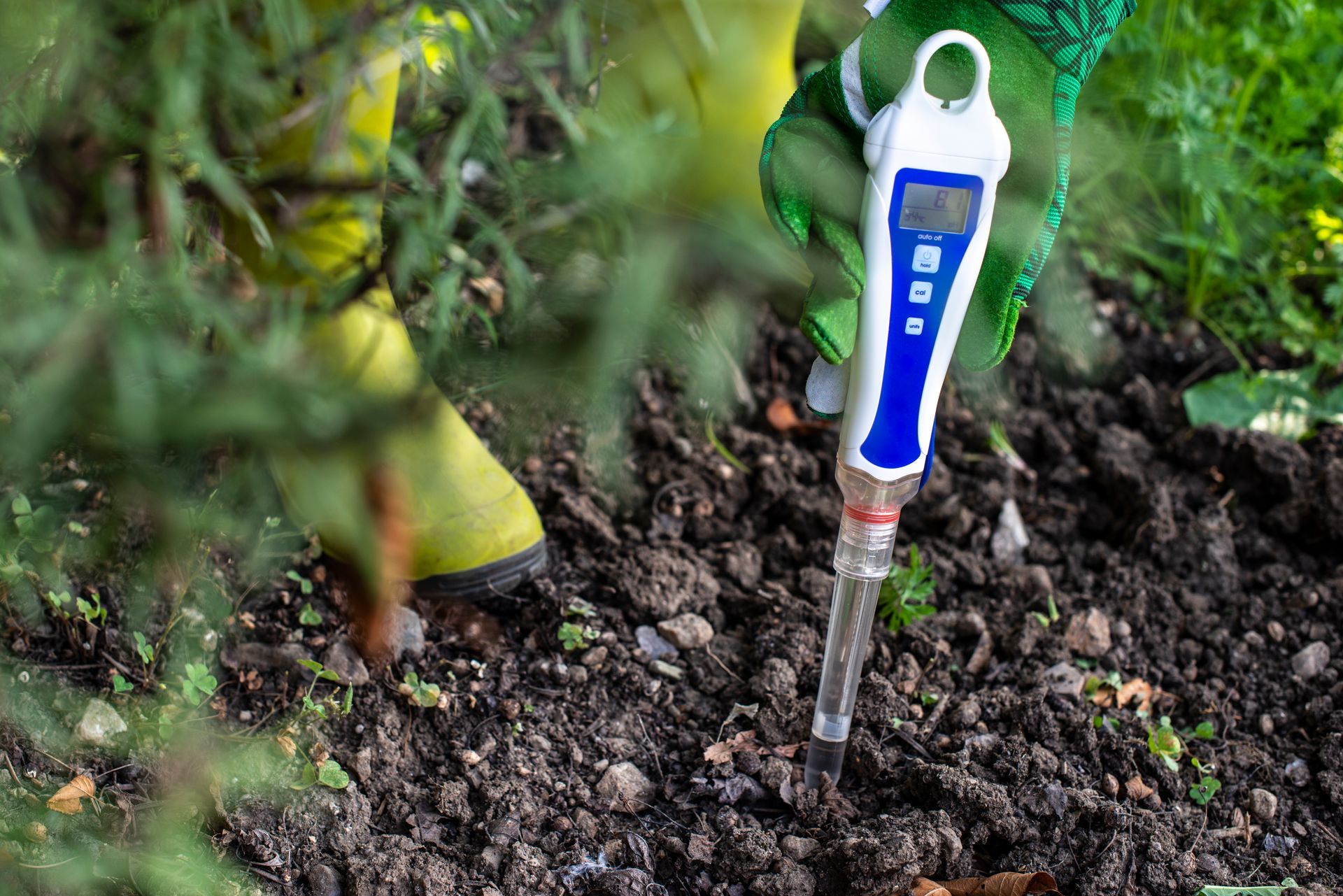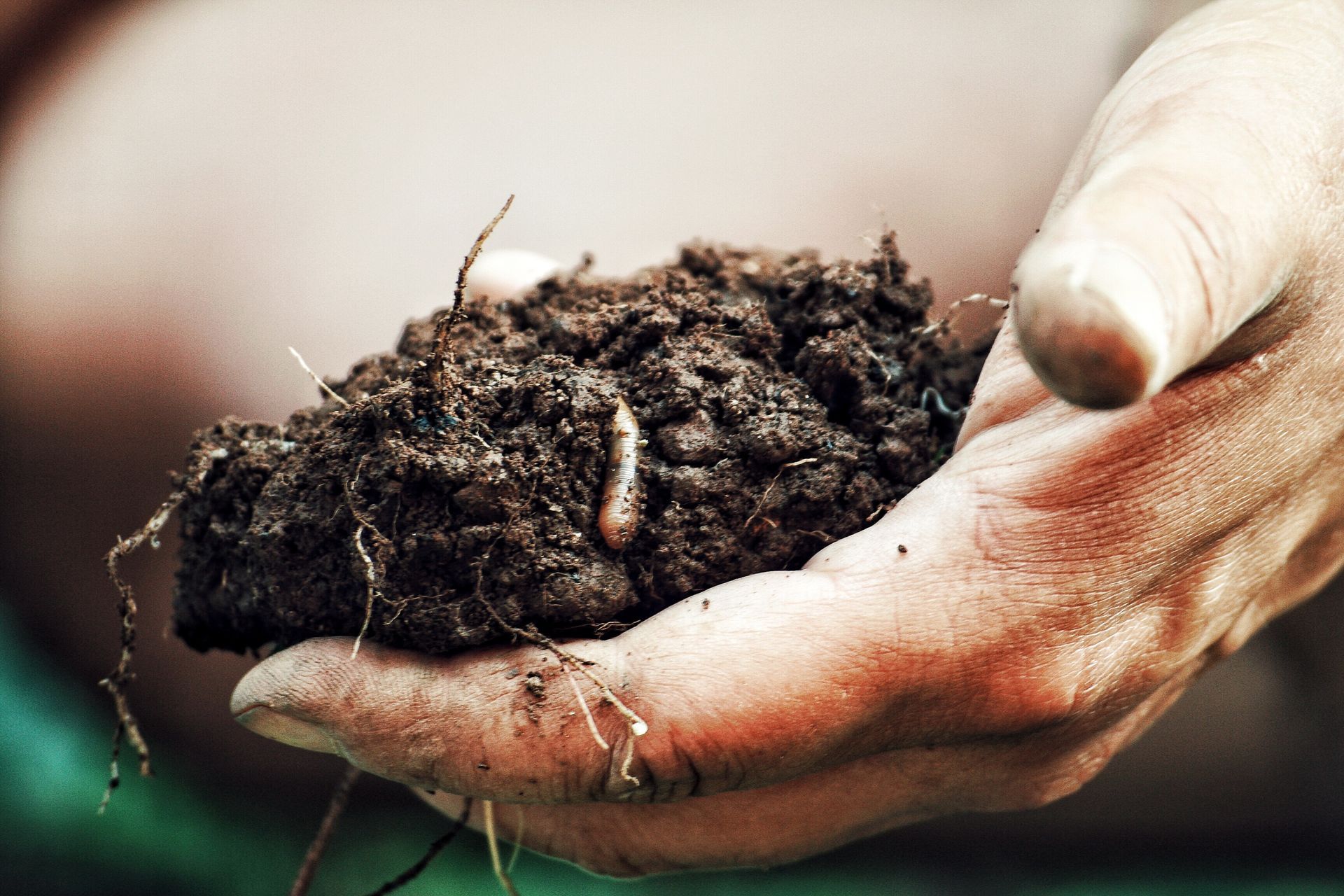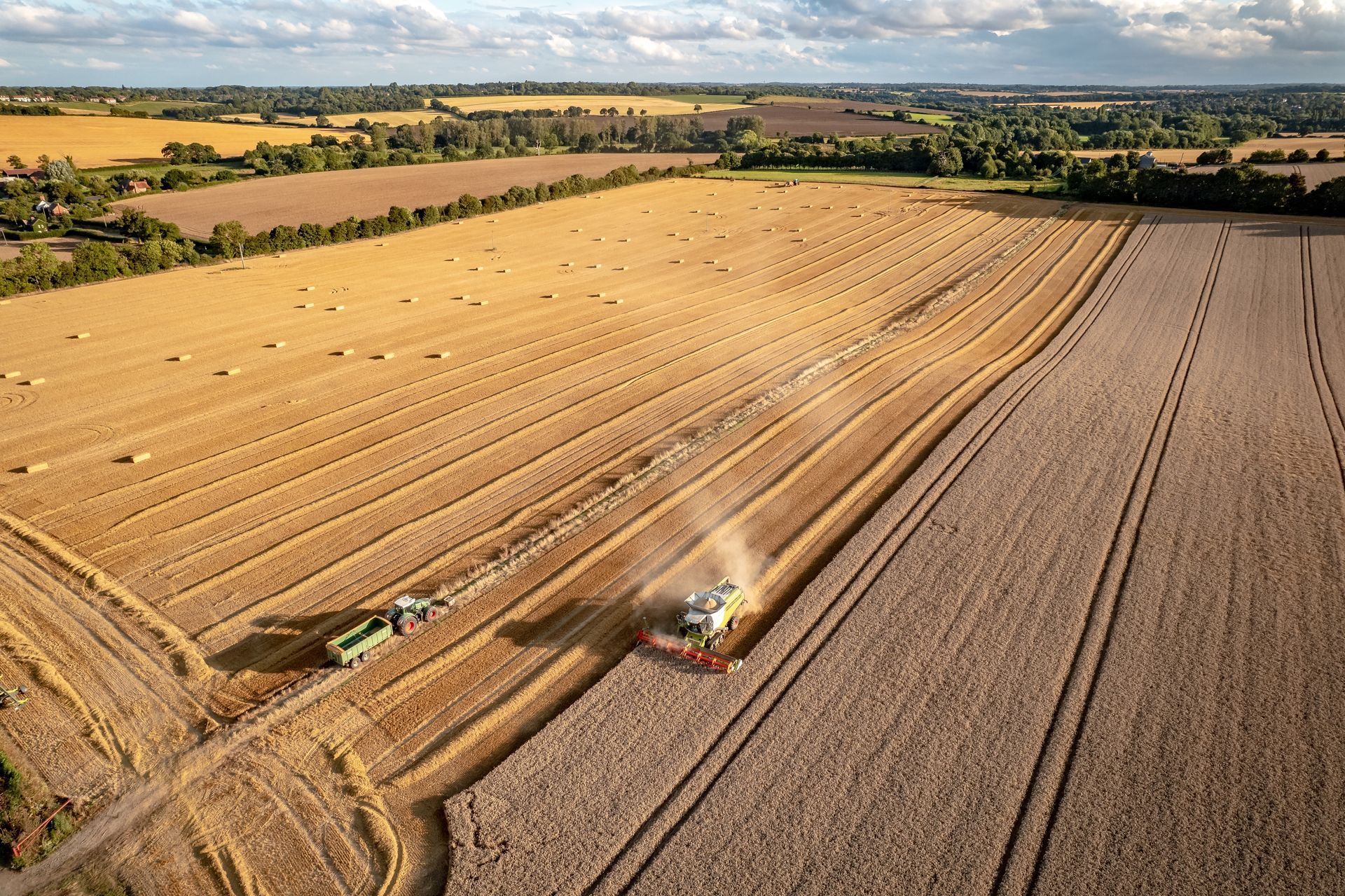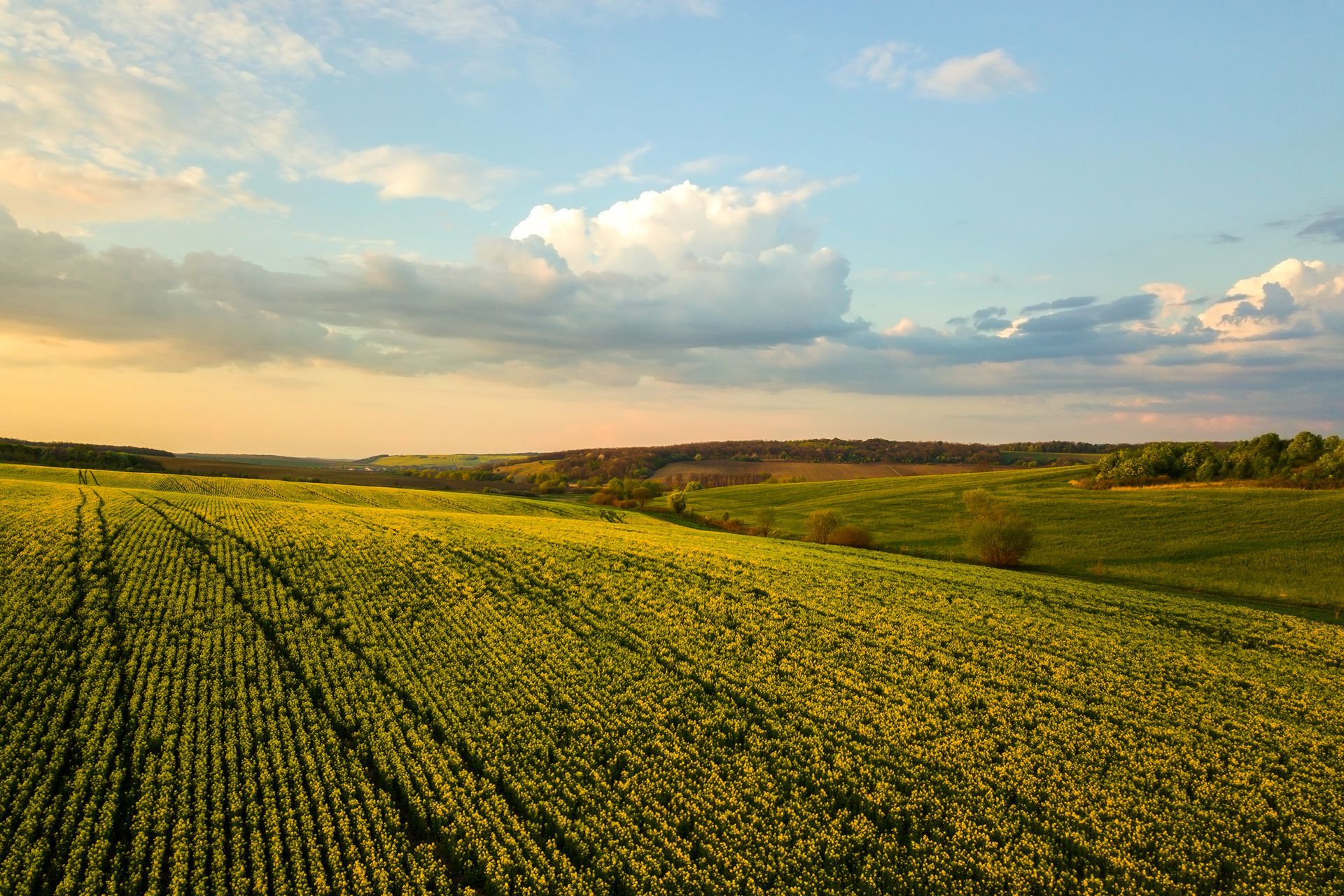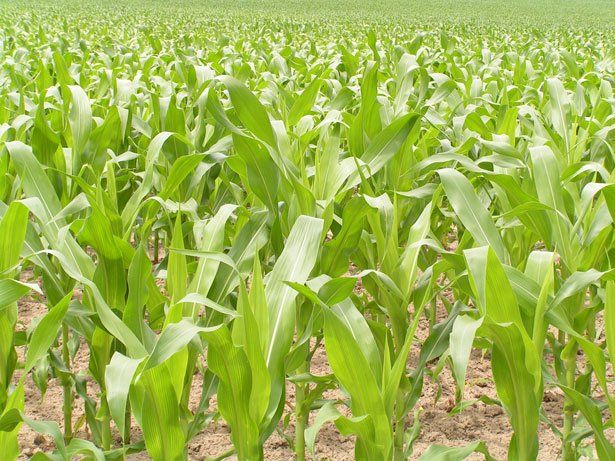How to Improve Your Yield By Planting Cover Crops
There are many solutions that can help improve your yield — and few can serve as a greater long-term investment than the use of cover crops. Use of cover crops during your “off season” can improve yield in as little as one year, helping increase your farm’s profits.
How Cover Crops Improve Yield
Cover crops have been found to address a wide variety of issues directly related to crop yield. These plants can reduce erosion, prevent weed growth, keep pests and disease in check, and add organic matter to the soil. Improved crop diversity can help attract pollinators and maintain balanced nutrient levels in the soil. Regardless of whether you’re facing heavy rains or drought conditions, they can ensure optimal soil health for when you plant your primary crop.
Types of Cover Crops
Both legume and non-legume cover crops are regularly used in farming operations. Legume cover crops include peas, beans, and red clover. Non-legume cover crops include cereals like oats, wheat, and barley, as well as broadleaf's like buckwheat and mustards. Legumes generally add nitrogen to the soil, while non-legumes help remove excess nutrients.
The right cover crop for your fields will largely depend on your current crop rotation, as well as the current issues your soil faces. However, one thing remains consistent: by planting cover crops, you can improve your yield, have healthy soil, and drive a more profitable farming operation. They are well worth the investment!


